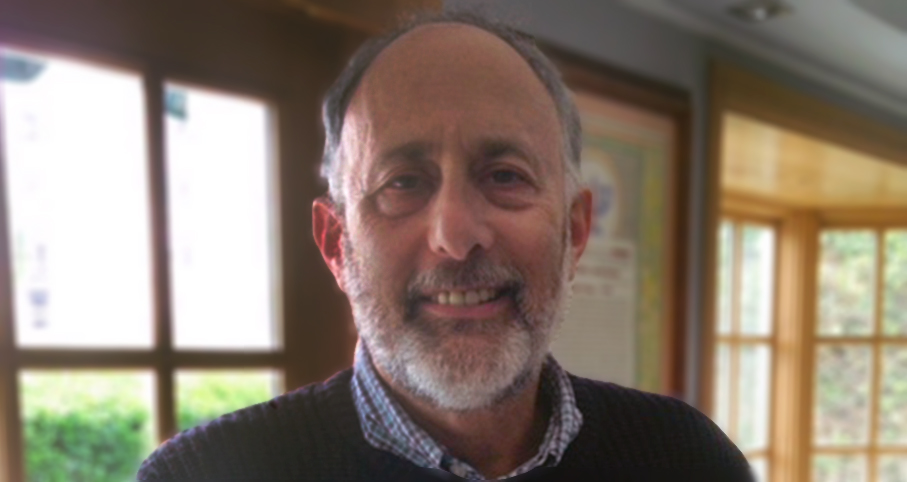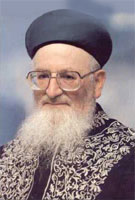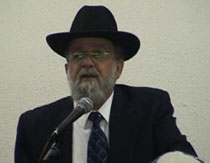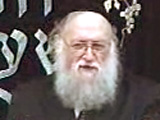Beit Midrash
- Torah Portion and Tanach
- Bereshit
- Vayetze
The Torah study is dedicatedin the memory of
Asher Ben Haim
How do we relate to these malachim? Rishonim already struggled with the matter, with a wide gap between the extremes of the gamut of opinions. According to some, whenever a malach is mentioned in Tanach, it is a spiritual creature, without a body, and possessing supernatural powers. So, for example, Rashi (ibid.) describes how malachim transferred sheep from Lavan’s flock to Yaakov’s in order to foil Lavan’s plan to cheat him. According to this approach, even when the Torah mentions an "ish" it could very well be referring to an angel, as the "ish" who directed Yosef to the fateful meeting with his brothers was the angel, Gavriel. Another approach, among whose proponents are the Rambam and Ibn Ezra, limits or eliminates the appearance of such heavenly creatures in physical interaction with mankind. The Rambam interprets some apparent interactions, like the three visitors in the beginning of Parashat Vayeira, as a prophetic dream. The Ibn Ezra interprets many mentions of "malach" as a messenger, whether it is a human (like those whom Yaakov sent to Eisav), or a force of nature (as in Tehillim 104:4).
In the haftara (according to some minhagim) we read the navi, Hoshea’s, account of Yaakov. "In the womb he grabbed his brother’s heel, and with his strength he struggled with [an angel of] Hashem. He struggled with an angel and was successful; he cried and begged him; he will find us in Beit El, and there he will speak with us" (Hoshea 12:4-5). Mention of the crying and the malach hint at a pasuk earlier in Tanach. "The malach of Hashem came up from Gilgal to the Bochim (named after the crying that took place there)" (Shoftim 2:1). There the navi tells how a malach exhorted Bnei Yisrael to stay away from dangerous influences. Who is this malach, and what is the context of his appearance?
As Hoshea connects between crying and Beit El, it is worthwhile to look a few p’sukim earlier: "The House of Yosef also went up to Beit El, and Hashem was with them" (ibid. 1:22). Beit El was the spiritual center of the time, and therefore it makes a lot of sense that the malach would address Bnei Yisrael there. Who was the malach? Chazal (Vayikra Rabba 1:1) tell us that it was Pinchas and that when he prophesied, his face shone like a torch, resembling a malach. Pinchas, also identified as Eliyahu, malach habrit, can fit in to the same machloket we started with. Do we look at him as a malach, with supernatural powers and longevity, or as a person who will die?
Truth and the Patriarch Yaakov
Rabbi Moshe Leib Halberstadt | 5 Kislev 5785

Mazal Tov! who gets to name the baby?
Rabbi Stewart Weiss






















